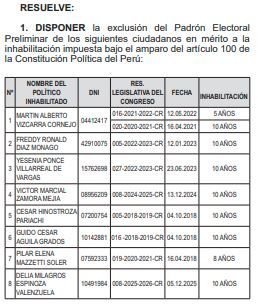The SMN (National Meteorological Service) maintains its red alert status in four provinces due to the heat wave. However, he also warns that with the arrival of the rains the temperature could drop.
As reported by the agency, for the heat wave temperatures of up to 37°C are expected, something completely atypical for March; however the thermometer It would start to go down from Thursday.
The areas with red alert for the heat wave are: the City and province of Buenos Aires, Santa Fe, Entre Ríos and CorrientesTherefore, the SMN asked for extreme precautions, since high temperatures can cause health effects even in healthy people.
It should be remembered that the red alert has been extended for twelve days and that during this summer, nine heat wavesa historical record, since, in the years with the greatest number of these phenomena, between four and five arrive waves.

Even the SMN reported that during March there have been temperatures up to 10°C above normal for the time, which in turn means that this has been the hottest summer in the country’s history.
In addition to the red alert, an orange warning for high temperatures also applies to the central area of the province of Buenos Aires, Entre Ríos, Corrientes, Santa Fe, Córdoba and Tucumán.

There is also a yellow alert for Catamarca, a large part of Córdoba, the cities in the south of the province of Buenos Aires and Santiago del Estero. In all cases, it is recommended to take precautions, increase water consumption, not expose yourself to the strongest hours of the sun, and take special care with children and the elderly.
When the rains come
According to the SMN, the heat will begin to subside with the arrival of the rains, which will occur mainly in the City of Buenos Aires, where the high temperatures They have been cramped for the last week.

The precipitation will arrive on Wednesday afternoon and is expected to extend throughout the week. However, the thermometer will drop especially until the weekend.
The agency also pointed out that a yellow alert is in force for winds in Santa Cruz, the Malvinas Islands and Chubut; due to storms, in Córdoba and sectors of the north of the country; and by rains, in Tierra del Fuego and western sectors of Santa Cruz and Chubut.
















